Recent Articles
Popular Makes
Body Types
What Does It Mean to Be Upside-Down on a Car Loan?
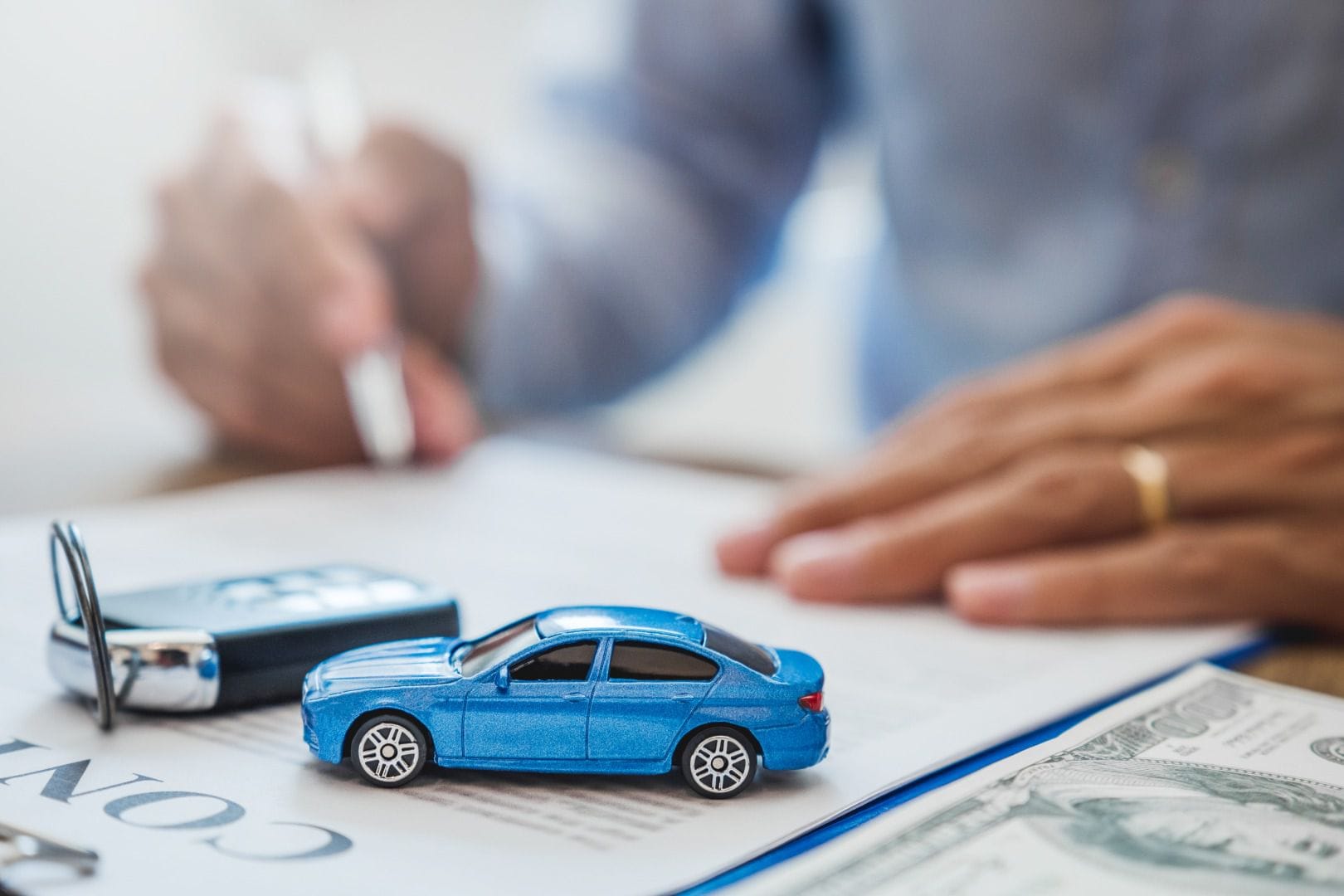
Car loan ・ Photo by Adobe Stock
Even if you don’t know what being upside-down on a car loan is, you can probably guess it's not a good thing. The fact is it isn’t, but depending on your circumstances, it might not be the worst scenario. Many people are upside-down on their car loans right now and don’t realize it. And they might never realize it because it neither affects them financially nor calls for any change in how they manage their finances. To these people, being upside-down on their car loan is not an issue. In this article, we will tell you what it means to be upside-down on a car loan. We will tell you who it affects and how to avoid being upside-down in the future.
What Is a Car Loan?
It isn't rocket science, but let's start off by defining a car loan. The typical car loan is an installment loan that is repaid over time with the car itself being the key piece of collateral that helps secure the loan for the lending company. Typically, the car buyer will pay a down payment up front at signing and then pay off the loan balance in monthly installments. The down payment is another tactic by the lending company to secure the loan since it further motivates the borrower to repay the loan. Obtaining a car loan and paying it off over time is a very straightforward process. When all payments are made, the consumer gains full ownership of the car from the financing company that had been holding the title to the car.
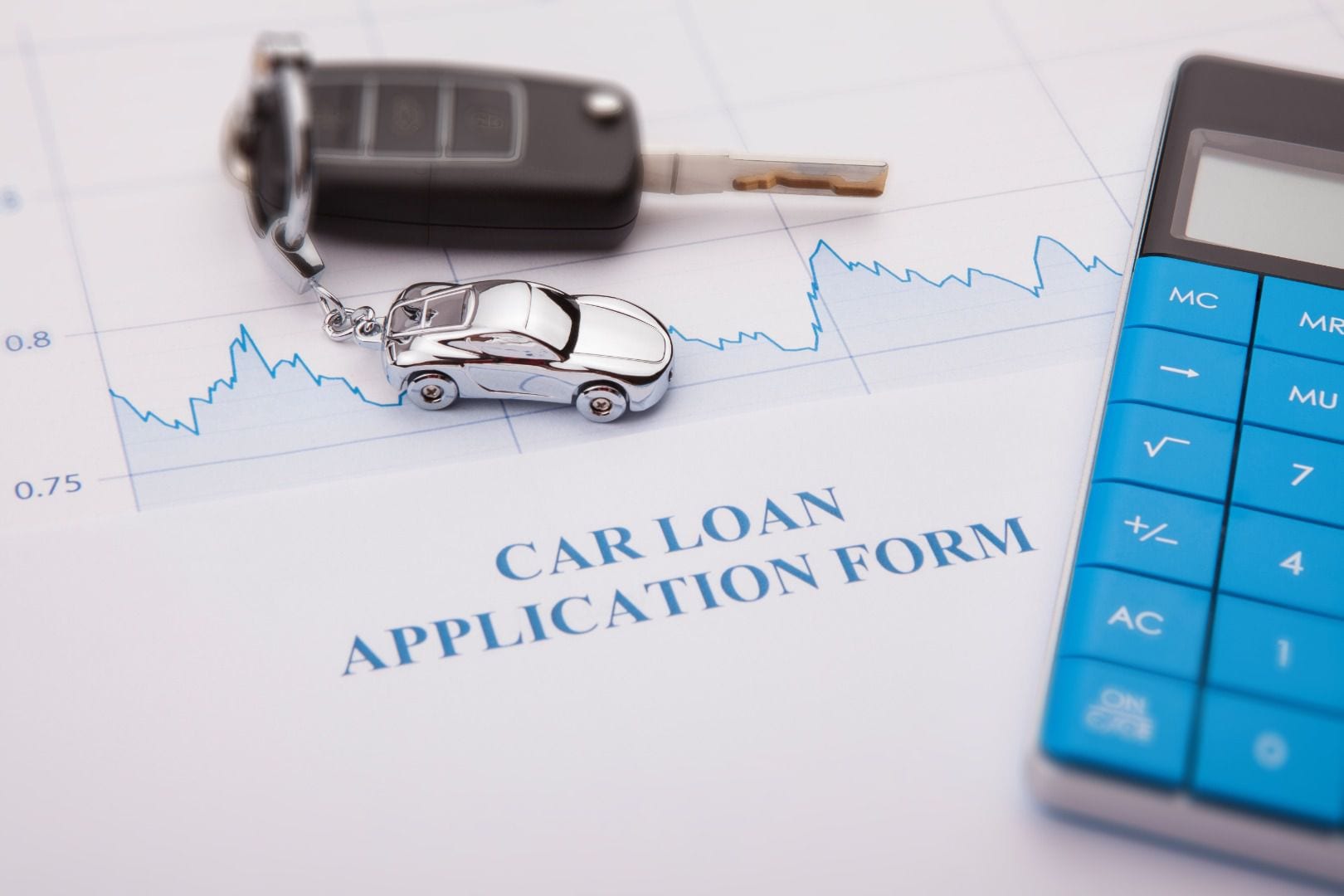
Photo by turgaygundogdu - stock.adobe.com
Trading In a Vehicle You Don’t Own
Buying a car with an installment loan and paying it off is commonplace. It happens thousands of times each day. But many people want to trade in the car they have before they've paid it off. Essentially, they want to sell the car before they officially own it. Because this happens so often, there are established protocols for this exact scenario. The consumer pays off the balance of the loan, takes ownership of the car, and then trades the car in for a different new or used vehicle. The dealer facilitates this transaction.
The process is smooth if you owe less on the car loan than the amount you're getting from the dealer for the trade in. In this case, the consumer has equity — an ownership stake — in the car, and that can be used as part of the down payment. But if the balance of your car loan is higher than the value of the car you want to trade in, you have to pay the difference in cash. That means you're essentially paying to sell your car. In this scenario, the consumer is “upside-down” or “underwater.”
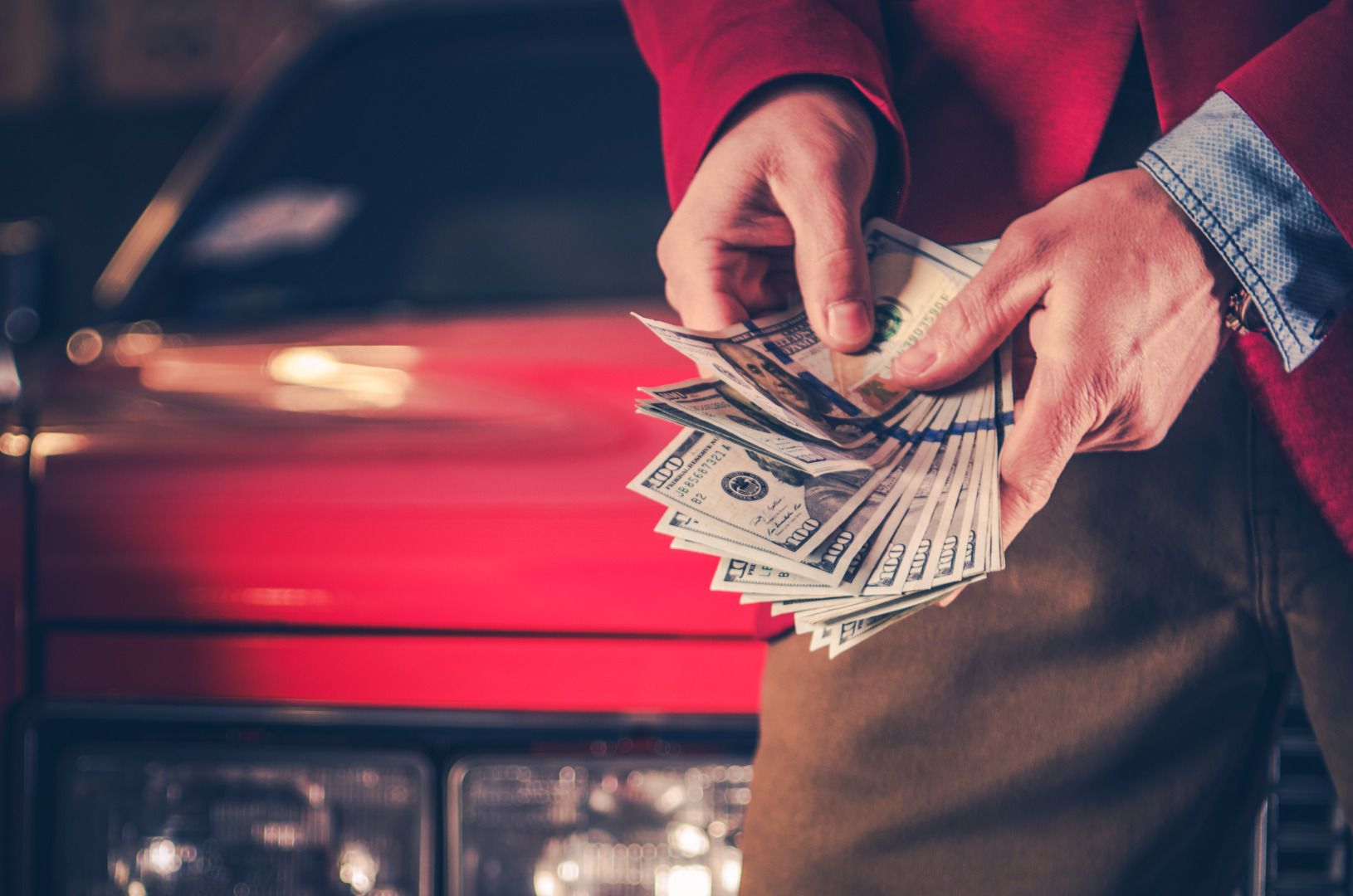
Depreciation and Your Loan
You might be wondering how this happen. The answer is depreciation. Every car's value declines over time. Consumers can find themselves upside-down because they are paying off a loan based on the original value of the vehicle at the time of purchase. When trading in a car, you can only expect to receive the current value of the vehicle. Because of depreciation, that value is typically much lower than it was the day you bought the car. The loss in value is largely invisible and maybe even meaningless to the consumer who continues to pay his loan each month. When the loan is paid off and he earns the car's title, the car is his no matter what it's worth.
If the consumer decides to trade the vehicle in, he can expect to receive its trade-in value from the dealer and will not owe any money to the finance company. But if the consumer wants to trade that vehicle in for another one before it has been paid off in full, he must make up the difference between the real market value of the car and the amount he still owes to pay off the loan.
Many consumers who are upside-down are surprised to learn they must come up with hundreds or even thousands of dollars in cash simply to trade in a car they have been making payments on for years.
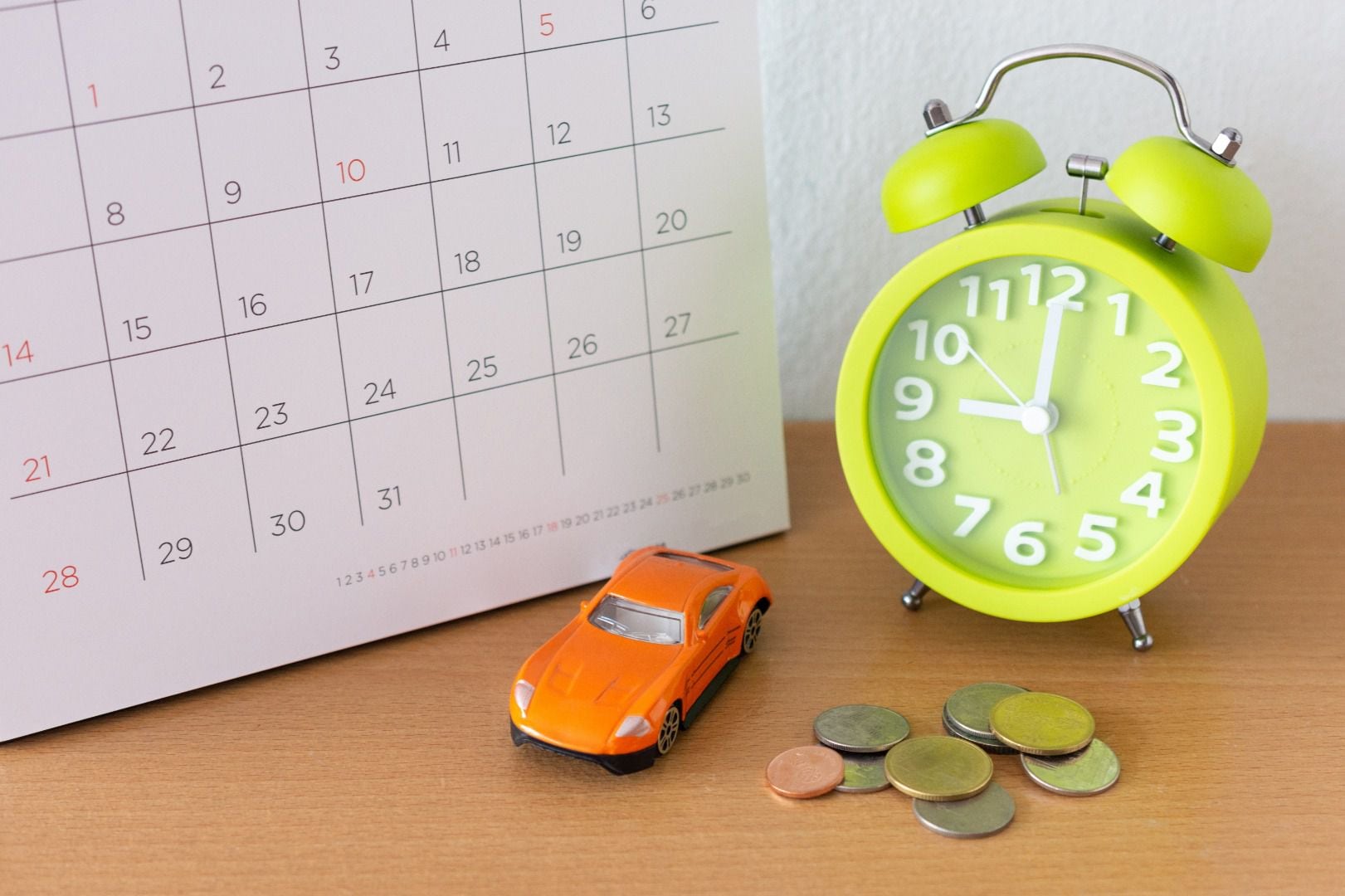
Photo by Adobe Stock
Is Being Upside-Down on Your Loan a Problem?
Being underwater on a car loan is only problematic in a couple of instances, one of which we have already described in detail. The consumer wants to trade in the vehicle or otherwise get out of the car and the loan, but owes more on the loan than selling the car will net them.
The other common situation where being upside-down on a car loan is problematic is when a vehicle is involved in an accident and is declared a total loss by the insurance company. Often the insurance company will reimburse the consumer for the market value, or book value, of the vehicle, and that value might be well below the amount owed on the car loan. But the consumer still owes the finance company the contracted pay-off value of the loan at the time of the accident. So the consumer might owe the finance company hundreds or even thousands of dollars for a car that the consumer no longer owns... or that even exists.
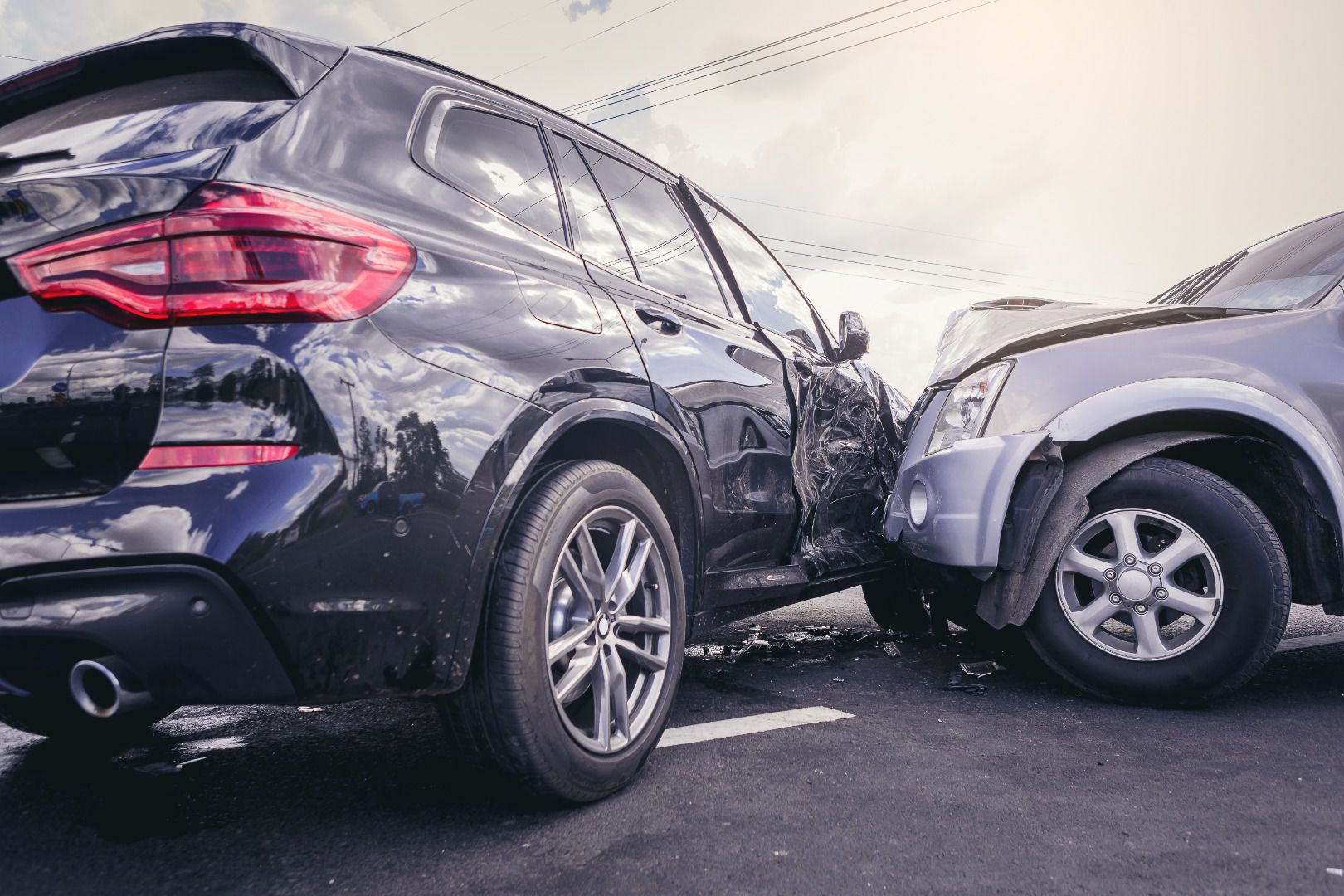
Photo by Panumas - stock.adobe.com
Solutions to Being Upside-Down
If you find yourself upside-down on your car loan, you have several options that can improve your situation. One is to keep the vehicle you plan to trade on for longer. This could pull you from a position in which you owe more than the vehicle is worth. Of course, the best way of doing this is to keep your current vehicle until it is completely paid off. Only then can you guarantee you won't be upside-down. Another possibility is to finance the amount owed on the car being traded in by “rolling it” into the loan on the new car. This enables the buyer to pay off that “negative equity” over time, but it also increases the money paid out because the borrower will pay interest on that added amount. It also increases the possibility the consumer will be upside-down again.
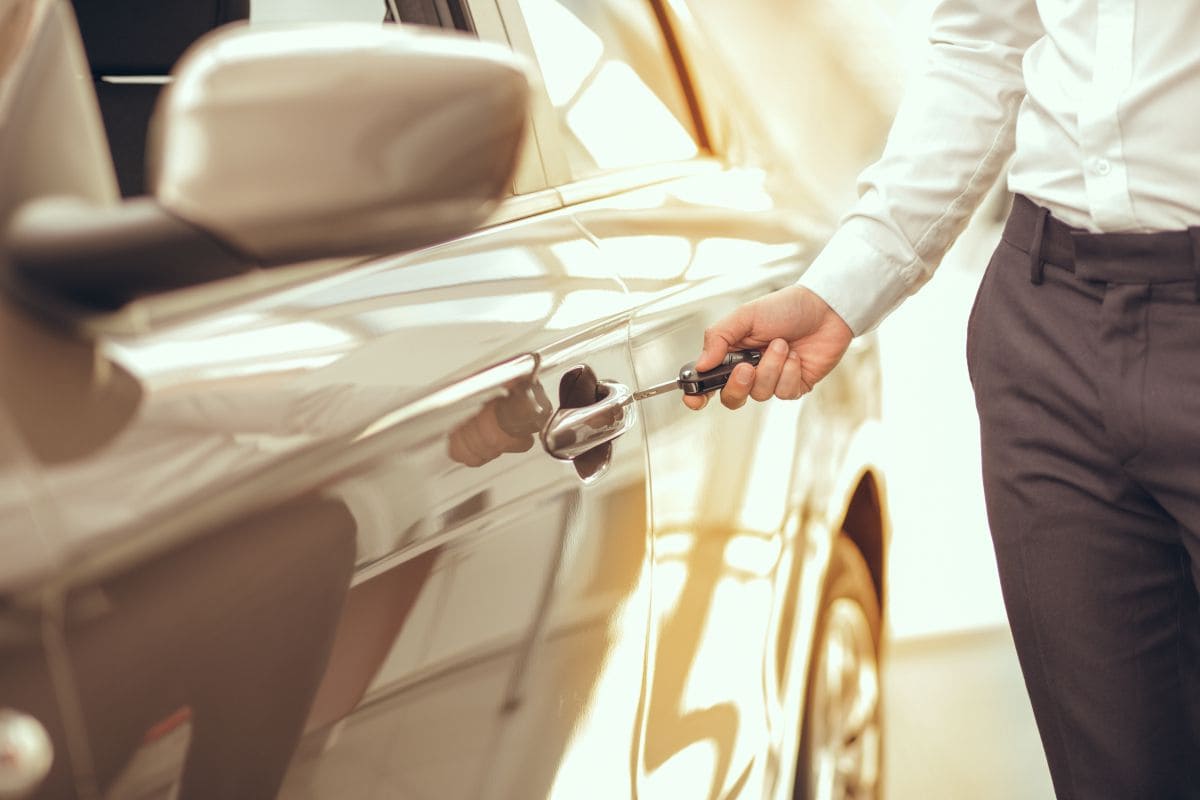
Photo by Adobe Stock
How to Avoid Being Upside-Down
There are several ways to avoid the costly predicament of being upside-down on a car loan. The most logical and financially responsibile way to do that is to purchase your vehicles with cash rather than credit. If you do borrow, plan to pay back the loan as quickly as possible. You are much less likely to be upside-down on a three-year loan than on a six-year loan, plus you will save on interest. If you borrow, seek a loan term that is less than the amount of time you plan to own the vehicle. Another good tactic is to make a very sizable down payment. This increases your equity (ownership) in the vehicle right when you purchase it, making it less likely that you will find yourself upside-down later. And a final bit of good advice: don’t trade in a car until you’ve paid it off.
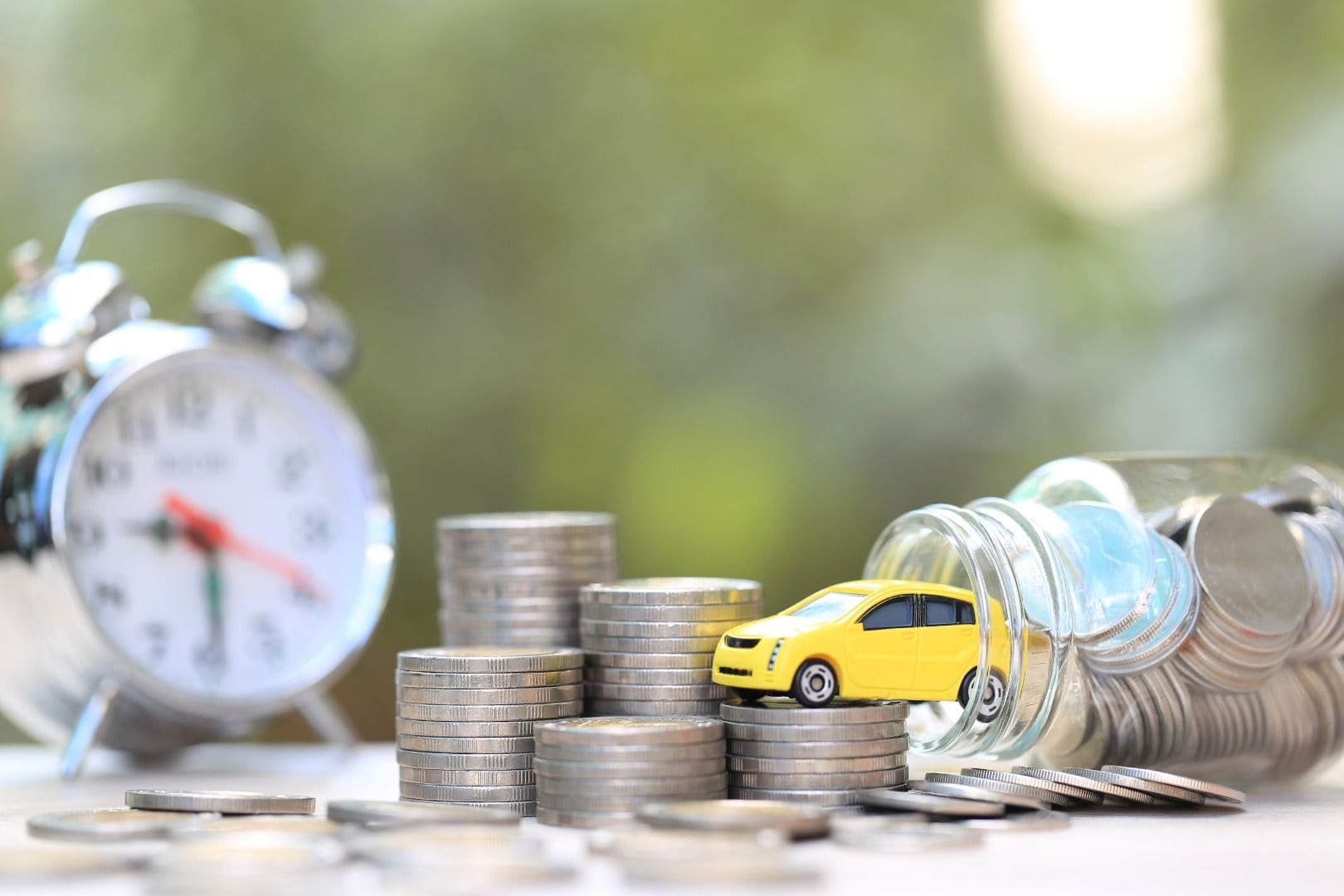
Photo by Monthira - stock.adobe.com
Summing It All Up
Being upside-down on a car loan can be a sticky situation. You might find that you have to pay thousands of dollars to pay off a car you will never own. That isn’t a financially palatable position to be in. But there are alternatives when you are upside-down, the best of which is hanging onto the car you have a few months or years longer. If that is impossible, you might buy a less expensive new car than the one you originally considered. That won’t prevent you from being upside-down, but it will lessen your total cost burden.
One way to guarantee you won't be upside-down on your car loan is to avoid having a car loan at all. You can probably find a vehicle that will do everything you need it to do that you can purchase with cash up front. And if you can’t do that today, save until you can. It will keep you on sound financial footing.

Photo by Dusko - stock.adobe.com